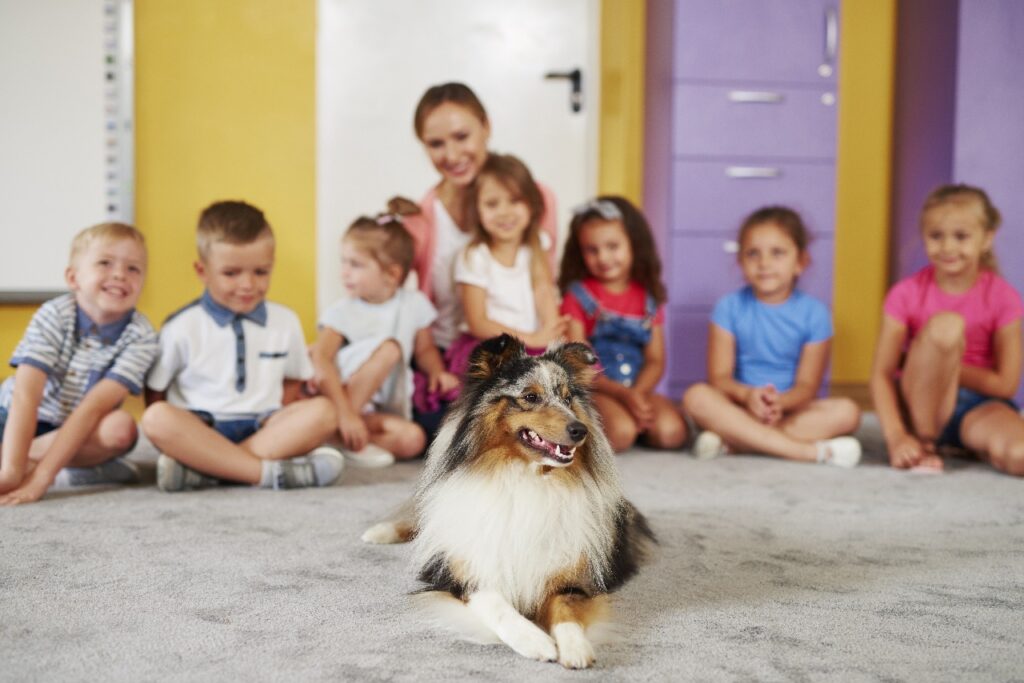
Classroom pets have long been a delightful and educational addition to schools. From hamsters to turtles to fish, these small companions offer much more than novelty. Research and experience suggest that class pets provide emotional, social, and academic benefits to students, enriching the learning environment in meaningful ways.
Emotional Support and Stress Reduction
One of the most significant benefits of having a class pet is the emotional support it can provide. School can be a stressful environment for some students, especially when faced with academic pressure, social dynamics, or personal challenges. A classroom pet serves as a calming presence, offering comfort without judgment. Stroking a rabbit or watching fish swim can lower anxiety and provide a mental break. These brief moments of relaxation can significantly enhance students’ ability to manage their emotions and focus on learning.
Read more: 5 Ways Pets Can Reduce Stress
Promoting Responsibility and Empathy

Caring for a living creature instills a sense of responsibility. When students are tasked with feeding, cleaning, or observing a class pet, they learn what it means to be dependable and accountable. These responsibilities promote time management and organizational skills. Moreover, taking care of a pet nurtures empathy. Students begin to understand and respect the needs and feelings of another being, a lesson that naturally extends to their interactions with peers and teachers.
Read more: Does Having a Dog Help Children Develop Empathy?
Boosting Social Interaction and Teamwork

Class pets often serve as social catalysts, encouraging students to communicate and collaborate. Discussions about the pet’s care, behavior, or even naming it can spark conversations and build connections among classmates. Students who may be shy or socially reserved often find it easier to engage when there’s a shared interest like a class pet. Group care activities foster teamwork and cooperation, creating a stronger sense of community in the classroom.
Enhancing Learning Opportunities
Class pets can be seamlessly integrated into the curriculum. For younger students, they can be used to teach basic science concepts like animal biology, habitats, or life cycles. For older students, class pets can be part of more complex topics like ecosystems, responsibility ethics, or even creative writing prompts. Observing and documenting pet behavior can also improve observational skills, writing, and critical thinking. Teachers can use the pet as a living teaching tool, making lessons more engaging and hands-on.
Encouraging Consistent Attendance and Positive Behavior
Students often look forward to seeing and caring for the class pet, which can motivate them to attend school more consistently. In some cases, teachers use pet-related activities as part of a reward system for good behavior, reinforcing positive conduct in the classroom. The presence of a pet creates a more enjoyable and inviting classroom atmosphere, which can lead to better student attitudes toward learning.
Conclusion
Class pets offer far more than a fun diversion—they play a vital role in supporting students’ emotional well-being, fostering essential life skills, and enriching academic instruction. With proper planning and care, incorporating a pet into the classroom can create a nurturing, interactive, and vibrant educational environment where students thrive.
Do you own an assistance animal? Register your pet today. The Service Animal Registry of California invites you to have your assistance animal registered in order to designate its status. We also encourage you to take our online classes so you can be fully aware of your rights and gain more knowledge about your support animal.
Finally, we present to you our book entitled, “ASSISTANCE ANIMAL LAWS: LEARN YOUR RIGHTS REGARDING SERVICE ANIMALS, EMOTIONAL SUPPORT ANIMALS, THERAPY PETS, AND OTHER DOGS, CATS, AND ASSISTANCE ANIMALS” to provide you with a complete education on assistance animals. Purchase your copy of the book by clicking the image below.

